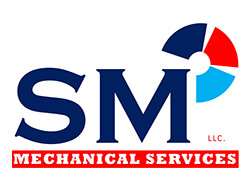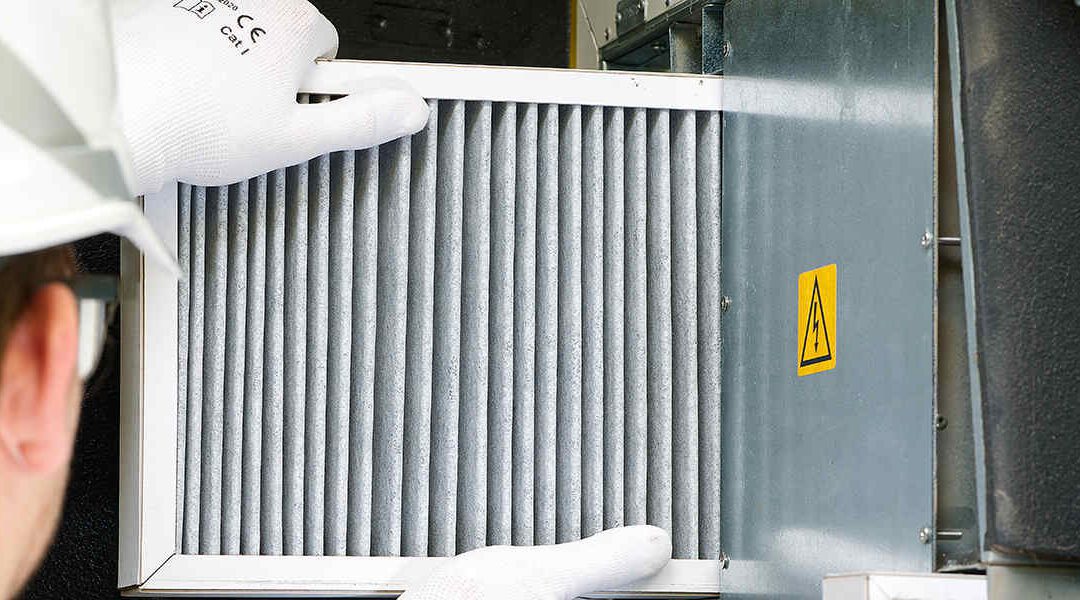Need to know more about your heating, ventilation, indoor air quality, and cooling system? Trust SM Mechanical Services to answer your questions. Call us today!
Your furnace works hard to keep your home cozy and warm throughout the winter. But to work efficiently, it needs proper venting. The furnace flue vent primarily expels exhaust fumes from your home.
However, poor installation, repairs, or modifications, such as converting a furnace from oil to gas, may cause venting issues. That said, it helps to know how to tell if your furnace is venting properly.
Our experts from SM Mechanical Services, the go-to HVAC contractor in Glastonbury, CT, discuss the importance of proper furnace venting and share several tips on maintaining your furnace vents.
Why Proper Furnace Venting Matters
Proper furnace venting helps maintain safe air quality in your home. This is especially crucial if you have a high-efficiency heat exchanger. A properly installed and well-maintained venting system goes a long way toward ensuring your furnace operates efficiently.
You also want to keep the area around your vents clear. Ensuring proper venting for your high-efficiency furnace system can minimize health risks linked to improper ventilation and prevent the buildup of harmful gases like carbon monoxide.
Poorly ventilated furnaces also increase the fire risk from improper combustion or the inadequate flow of fumes from the exhaust piping.
Telltale Signs of Furnace Venting Issues
A furnace flue that isn’t venting properly presents a health and safety hazard as it can leak carbon monoxide gas into your home. So, how do you know if your furnace flue has venting issues? Stay alert for the following symptoms:
Backdraft
Backdraft occurs when negative air pressure, an obstruction, or an improperly sized flue vent pulls exhaust fumes back into the home.
An example of this is when your furnace doesn’t get sufficient air. Furnaces need oxygen for combustion. When your furnace doesn’t get enough, it sucks air down the flue vent.
Condensation on Windows or Walls Near the Vents
If you notice moisture or condensation on your windows or walls, especially when turning on the furnace in the morning, your unit probably has a venting issue. A furnace that vents indoors rather than outdoors causes warm moisture to condense on the cold glass.
You also want to watch out for rust on the grillwork on the front of your furnace. If your furnace vents out moist fumes, the moisture will rust the metal there.
Inefficient Slope
High-efficiency furnaces often produce condensation that needs draining. Otherwise, the moisture will block the vent and force your furnace to shut down. Choosing the appropriate locations for vertical and horizontal vents is crucial to ensure they meet local building codes and regulations.
Knowing how to tell if your furnace is venting properly helps. For example, horizontal slopes need a minimum ¼” pitch to drain properly and prevent furnace venting issues. Installing condensate drains helps manage moisture effectively.
Connect the drain line securely to prevent leaks, and inspect it regularly to avoid blockages or clogs.
Furnace Flue Liner Damage
Most old or historic homes feature a furnace flue lined with terra-cotta clay to protect the vent and nearby combustible materials from furnace heat. These liners crack, chip, and spall because of a combination of moisture, old age, and exposure to corrosive gases.
As a result, these older homes experience carbon monoxide leaks and flue collapse. Moreover, clay tile liners struggle to withstand the higher heat output of modern high-efficiency furnaces and may need relining with a stainless-steel flue liner.
Another furnace venting issue occurs when high-efficiency furnaces connect to existing flue liners or chimneys that fall short of manufacturer specifications or fail to comply with current building codes.
Unusual Odors or Smells Coming From the System
Older furnaces may develop gas leaks over time, presenting a health and safety risk if left undetected. Stay on guard for signs of a leak or inefficient combustion, like any strong smell of natural gas from your furnace, hissing sounds, or a sudden yet inexplicable spike in your energy bills.
Symptoms of Carbon Monoxide Exposure
Venting issues may expose you to combustion byproducts, such as carbon monoxide, that can lead to various ill effects. For example, a backdraft or blockage may prevent combustion gases from escaping. Unfortunately, carbon monoxide has no odor, color, or taste, making it a “silent killer.”
If you experience dizziness, headaches, fatigue, or nausea when you turn on the furnace, you may have venting issues that need immediate attention.
Besides staying watchful for the symptoms above, consider investing in a carbon monoxide sensor or detector. These inexpensive devices sound an alarm when they sense carbon monoxide levels above threshold amounts.
Already have one? Remember to test it monthly. Most CO detectors also use batteries for backup power, so remember to replace the batteries every six months.
The Importance of Furnace Venting Maintenance
Experts recommend cleaning your furnace vent at least once a year. However, if you notice any debris accumulation or blockages, you want to clean the vents immediately.
Now that you know how to tell if your furnace is venting properly, you want to take a proactive approach to furnace maintenance. Seek professional advice from a seasoned expert, ensure regular maintenance checks, and stay vigilant for any signs of a system malfunction.
Contact SM Mechanical Services for Top-Tier HVAC Solutions in Glastonbury, Connecticut
Your friends and neighbors trust us with all HVAC and plumbing needs because we have over 15 years of experience and can handle any job. If you suspect an issue with your furnace venting, contact us for help.
Our commitment to customer satisfaction, expertly trained team, and use of top-quality products sets us apart from the competition.
Call SM Mechanical Services at 860-544-2026 to schedule prompt and efficient plumbing, heating, and air conditioning services. Reach out for more information on how to tell if your furnace is venting properly or to learn the reasons your furnace is not turning on properly.

